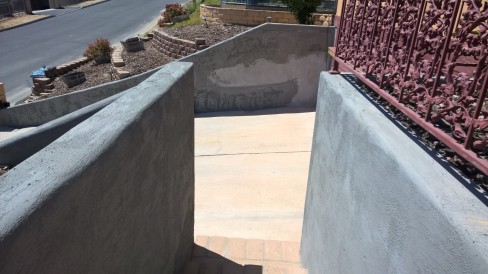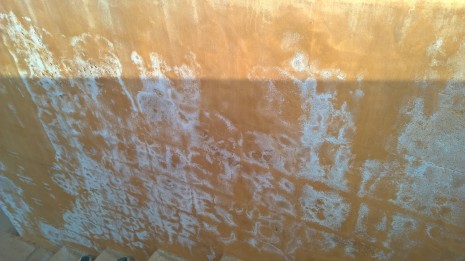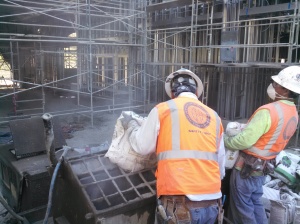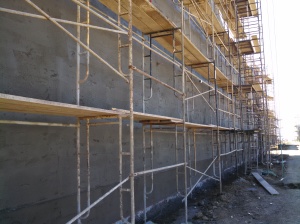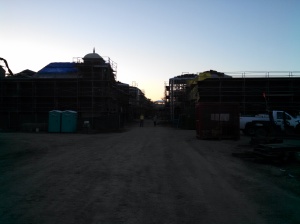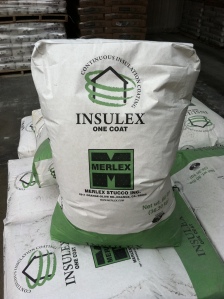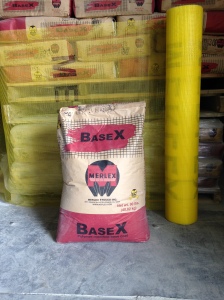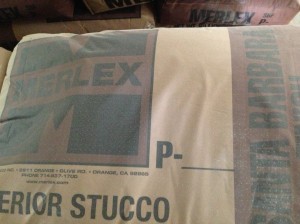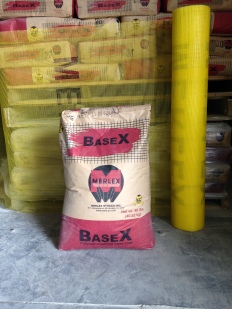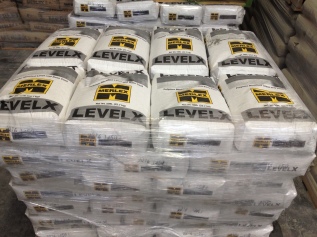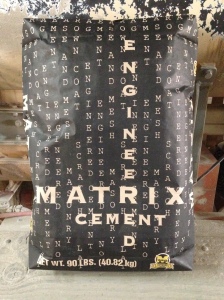Used to be homebuilders found buyers who wanted the new-car
smell of a new home with community parks and the ability to customize features,
like an inlaw suite or home office or granite countertops. Today’s
homebuilder has more advantages over existing housing stock than ever before,
as I learned from a seminar I attended of the American Society of Building
Designers.
We have reached the
tipping point where existing homes should not be able to compete with a new
home. Think of all these features
possible with new homes that existing homes can’t touch:
·
Luxurious comfort from even heat distribution,
elimination of harmful chemicals
·
Proper site orientation and shading to allow
sunlight in where and when it’s needed
·
Open floor plans
·
No moisture problems from a new, well-designed
building envelope
·
Community amenities made famous by The Irvine
Company, such as parks, pools, and new schools
·
Pleasing planned communities with open spaces,
designed to encourage social interaction
·
Home automation for the technophile buyers
Existing homes may have a few advantages of their own – locations
closer in to jobs and fire-sale prices for the moment. But as Sam Rashkin demonstrated in his
passionate blueprint for the building industry, the ownership cost of a new
home, after taking into account reduced utility bills and maintenance expenses,
is surely lower than that of even a short-sold existing home. Sam is head of the U.S. EPA’s energy
efficiency program called Energy Star for
Homes, and has contributed to USGBC, NAHB, and DoE programs with energy
efficiency goals. Sam made an impassioned case for the homebuilding industry to seize the
moment, elevate their craft, and permanently leave existing housing stock in
the dust.

There is much work to be done. Many homebuilders are still focused largely
on getting low bids and trying to sell directly against these distressed
existing homes. As a result, there is
pressure on subcontractors not to innovate, but to focus mainly on keeping
costs low. And material manufacturers
feel that pressure as tight margins, commoditization of our products, and more
tough times ahead.
But there are good signs if you look hard enough. Several major homebuilders in the Greater LA
area (Meritage, Woodside, KB) are using continuous insulation stucco systems on
all their projects, and highlighting that feature in selling their homes. Of course, these “one coat stucco” systems
have been in use in other markets for decades, but Title 24 and the demand for
“greener” homes have driven their adoption in Southern California in recent
years. California’s Title 24 energy code
ratchets up the energy efficiency mandate on homes in 2014, with additional
code cycles set to take effect in 2017 and 2020. By
2020, California’s Title 24 will likely mandate Zero Net Energy home
performance. Forward-thinking
homebuilders will get there sooner and establish their brands as synonymous
with energy-efficiency, much as Volvo has with car safety.
As stucco manufacturers and allied companies, the challenge
for us is to provide products and technical assistance to encourage this
metamorphosis of our industry. As the homebuilders go, so go our
businesses. If we can help builders
seize this opportunity now, when we’re at the tipping point, we can strengthen
our industry, decommoditize our products, and gain some competitive advantage
for our own companies.
Sam Rashkin’s book is titled Retooling the U.S. Housing
Industry, and is a great place to start this process for your company.

